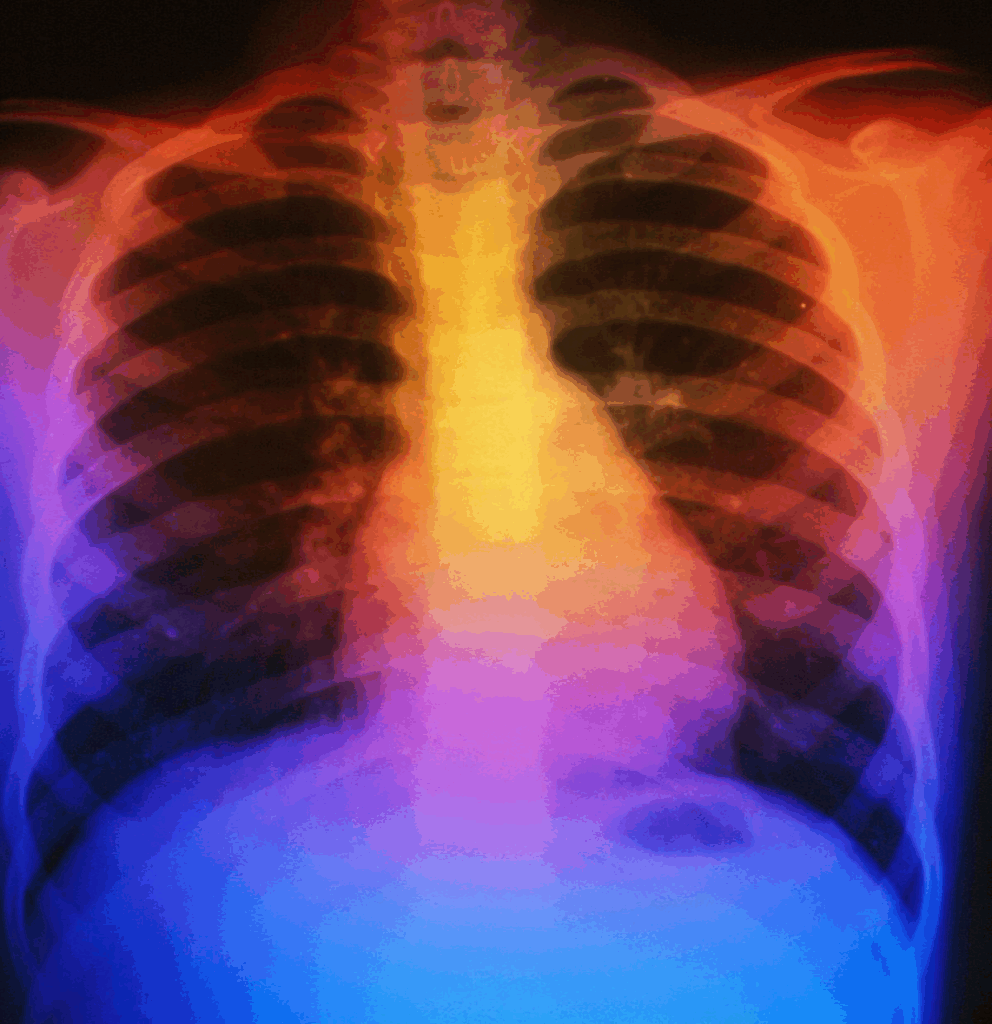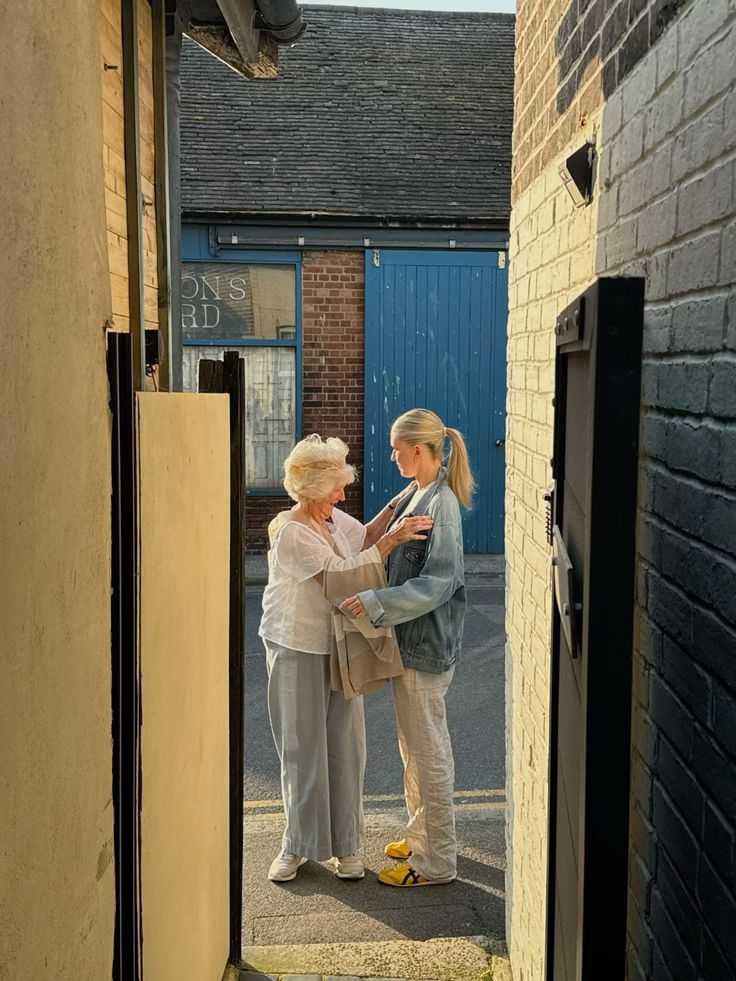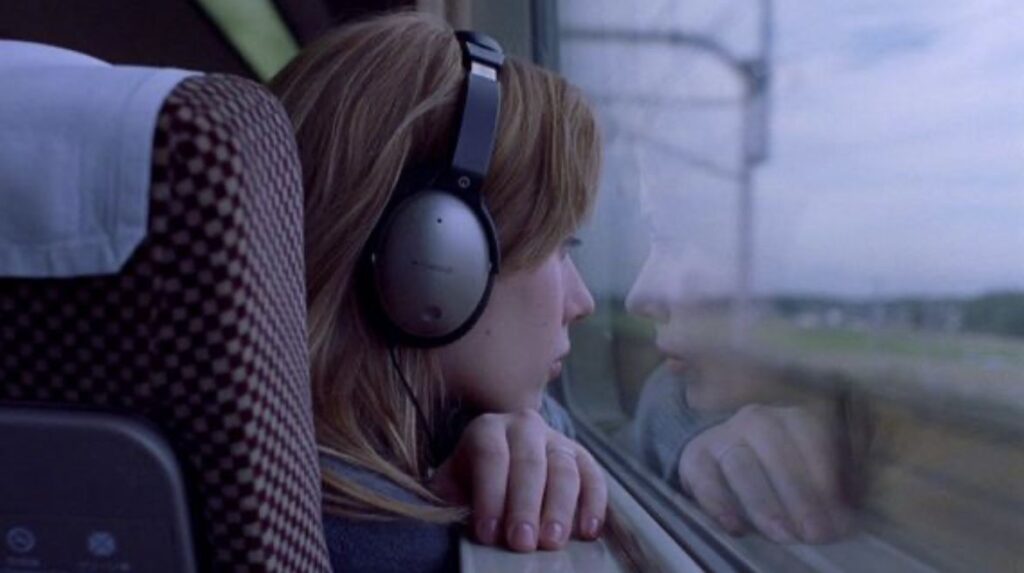Banning the use of plastic straws is not just a trending Twitter topic, but a step towards limiting single use plastic that is filling up landfills, littering oceans and endangering the lives of marine animals.
Of the millions of tons of plastic that flow into the ocean each year, straws are not the majority and banning them will not save the ocean, however, an item unnecessary for most when drinking might make people rethink the use of the extra plastic they only use for convenience rather than necessity.
Let’s break it down; think about every iced coffee you order from Starbucks and the green straw you sip your daily dose of caffeine through. On the off chance you even threw your cup into the recycling bin and not the first trash can you came across, the machines for recycling plastic are simply not capable of catching the straws that come through it. This is part of the reason why so many of them end up in the ocean.
If you think all of this plastic isn’t adding up, take a look at the Great Pacific Garbage patch. In the ocean between Japan and California sits a soupy mixture of garbage the size of France and this isn’t the only floating garbage pile either; they are starting to form in every ocean across the planet.
Another alarming fact is that plastic is not biodegradable, which means it does not break down into reusable compounds, but rather is slowly crushed into small micro plastics that will be around forever. If these micro plastics are making their way through oceans, they are inevitably making their way into our food as well. A study done by the National Oceanic and Atmospheric Administration from 2015 suggests that Americans are eating approximately 15.5 pounds of fish and shellfish per year. Taking this into consideration, shouldn’t we be concerned that scientists predict by the year 2050 our oceans will be filled with more plastic than fish?
On July 9, Starbucks announced that by 2020 they would eliminate their use of single-use plastic straws, and several other companies have begun to roll out plans to produce a more environmentally friendly alternative to plastic straws. There are so many simple things everyone can do to help as well.
“Easy things students can do is just ask for no straw in their Starbucks drinks, for example, and just drink from the rim,” says Louise Shaffer, a sophomore and Eco Representative at Penn State. “There is also an alternative: reusable straws like glass and metal straws, which come in different colors and designs.”
These glass, paper and metal straw alternatives are beginning to be offered widely by restaurants which makes it possible for people with disabilities who need a straw to have one.
It is easy to sit back and say that as one person making the decision to give up straws you are not making a difference, but imagine the difference we could make if several people, or an entire brand, makes the decision to #StopSucking.





